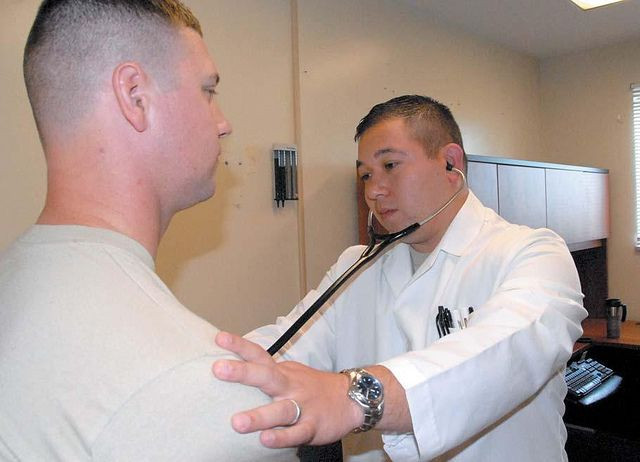Worried Doctors More Prone To Order Unnecessary Tests To Avoid Malpractice Lawsuits

Doctors can worry about a number of worst-case scenarios. A leading one could be a misdiagnosis or negligence that ends up in a patient getting sick, and suing for medical malpractice. Doctors who are worried of these lawsuits are more likely than less fearful contemporaries to practice what’s called “defensive medicine,” by order more tests than may be necessary to ensure that a patient is diagnosed correctly and taken care of, according to a new study.
Defensive medicine is difficult to control, and because of this it can become exorbitant. It unnecessarily drives up the government’s health care costs, which, in 2008, amounted to $55.6 billion just on medical liability and defensive medicine, Reuters reported.
What’s more, the services might not benefit the patient either. CT scans, for example, expose patients to radiation that they might not necessarily need.
“It’s an area where we can chip away at health care costs without causing pain to the patient, since these are services ordered not primarily because doctors think they’re medically necessary,” Michelle Mello, study author and professor of law and public health at the Harvard School of Public Health, told Reuters.
Mello and her team of researchers wanted to figure out possible ways to alleviate this problem. They looked at the 2008 Health Tracking Physician Survey, and compared it with Medicare Parts A and B claims from 2007 to 2009. Roughly 3,500 physicians responded to the survey and the Medicare claims included almost 1.9 million patients. From this data, the researchers gathered information on about 29,000 patients who had gone to a physician’s office for chest pain, headache, or lower back pain, according to MedPage Today.
Read More: When Primary Care Physicians Miss Diagnoses: the Main Reasons for PCP Malpractice Claims
They found that when it came to headaches, 11.5 percent of worried doctors were more likely to have their patients undergo advanced imaging, compared to 6.4 percent of those with a low concern. Doctors who worried were more likely to ask patients with chest pain to visit an emergency room (3.7 percent), compared to those who were least worried (2.5 percent). The starkest contrast came with lower back pain, where 29 percent of worried doctors ordered conventional imaging and 6.1 percent ordered advanced imaging compared to 17.6 percent and 4.1 percent of the least worried doctors.
“One possible explanation for this finding is that emergency physicians have incorporated defensive practices into their routine care, so that even those who perceive themselves to have low levels of malpractice concern already practice in a defensive manner,” the researchers wrote.
“Physicians’ extreme dread of medical malpractice litigation may stem from their perception that it is unpredictable, uncontrollable, and potentially disastrous both financially and psychologically.”
Their fears, however, are unwarranted. The researchers cited numerous statistics regarding the actual state of medical malpractice, including: About one in 50 injuries caused by negligence result in a claim; lawsuits almost never settle for amounts beyond a physician’s insurance policy; and malpractice patients lose four out of five trials.
The researchers said that policymakers could inform doctors about these statistics as one way of helping to lower the associated health care costs.
Source: Carrier E, Katz D, Mello M, et al. High Physician Concern About Malpractice Risk Predicts More Aggressive Diagnostic Testing In Office-Based Practice. Health Affairs. 2013.
Published by Medicaldaily.com



























